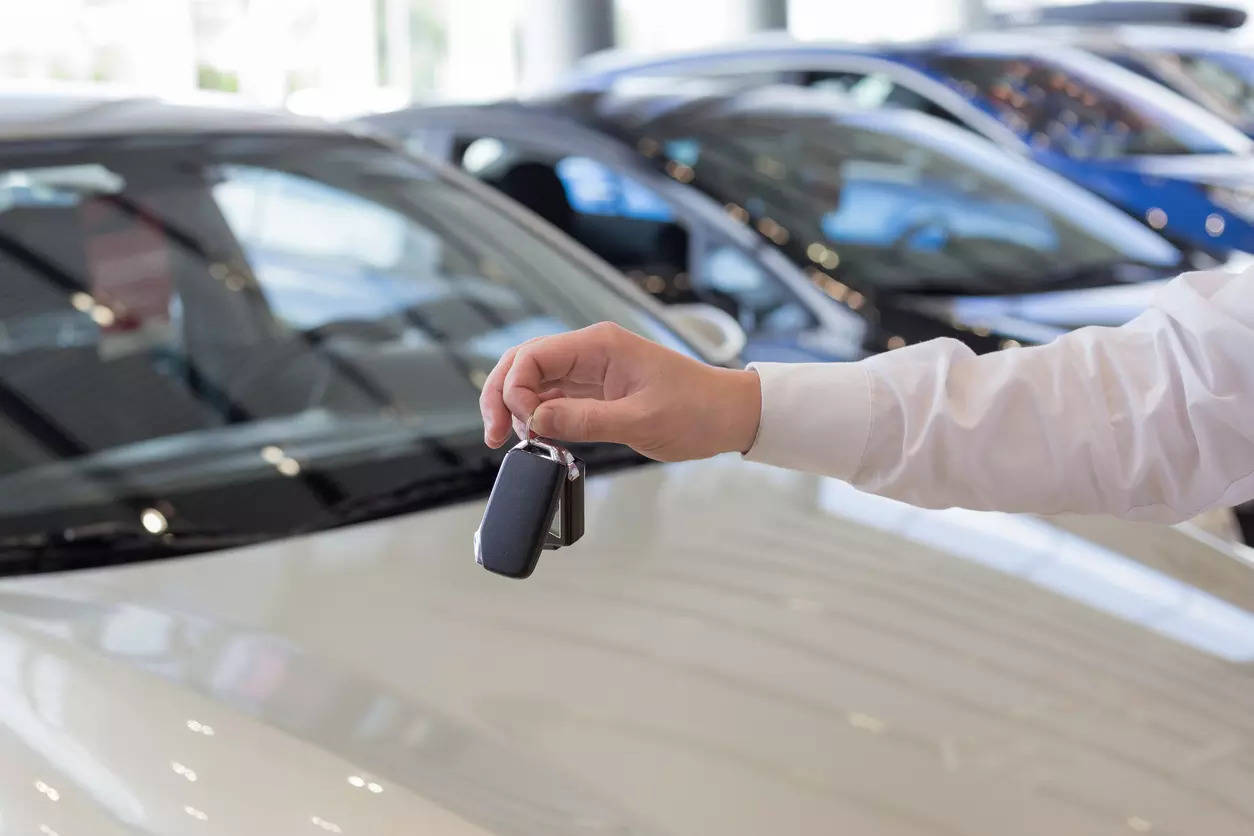[ad_1]

The Federation of Automobile Dealers Associations (FADA) has released its vehicle retail data for FY25 and the month of March 2025. In FY25, vehicle retail sales grew by 6.46 per cent year-on-year (YoY).
The numbers for March, however, saw a mixed performance as overall retail sales declined by 0.7 per cent YoY, while on a sequential basis, it registered a growth of 12 per cent.
‘FY25 truly showcased how adaptable and resilient India’s auto retail sector can be,’ said C S Vigneshwar, President of FADA.
Despite overall growth, dealers raised concerns about unrealistic sales targets set by OEMs, which strained finances and sustainability. Passenger vehicle inventory levels rose to 50–55 days, increasing carrying costs. Financing issues, cautious lending, OBD2 price hikes, and weak rural liquidity added to the challenges.
Commercial vehicles
According to the report, commercial vehicles (CVs) experienced a slight decline of 0.17 per cent in FY25, indicating a stagnant market for commercial vehicles likely due to various challenges such as unpredictable weather, difficulties in securing financing, and changes in consumer preferences.
In March, CVs reported a YoY growth of 2.68 per cent and a robust MoM increase of 14.50 per cent.
Passenger vehicles
In the last financial year, passenger vehicles (PVs) witnessed a growth of 4.87 per cent, which is in line with the FADA growth forecast of 5 per cent.
In March, PVs performed better with a YoY increase of 6.26 per cent and a MoM surge of 15.56 per cent on the back of discounts, upcoming price hikes, and festive buying. New model launches and better variant availability also played a role.
Two-wheeler
In March, two-wheeler sales saw a YoY decline of 1.7 per cent. Despite this drop, there was a MoM increase of 11.45 per cent. The decline can be attributed to factors like cautious financing, weak rural liquidity, and the upcoming OBD2-related price hikes.
For the full financial year, there was hope for a significant double-digit growth. However, the actual growth was 7.71 per cent, which, while positive, did not meet their higher expectations.
EV penetration
The report also highlights the growing penetration of electric vehicles in the Indian market. For FY25, EV penetration in two-wheelers was 6.1 per cent, up from 5.4 per cent in FY24. In passenger vehicles, EV penetration increased to 2.6 per cent from 2.3 per cent, while in commercial vehicles, it rose to 0.9 per cent from 0.8 per cent.
The overall EV penetration in the total vehicle retail market rose to 7.8 per cent in FY25, up from 7.1 per cent in FY24.
In March 2025, EV penetration in two-wheelers was 8.6 per cent, while for passenger vehicles, it increased to 3.5 per cent from 3.0 per cent. Commercial vehicles did not witness any changes in EV adoption.
The overall EV penetration in the total vehicle retail market was 9.9 per cent in March 2025, up from 7.6 per cent in February 2025.
Rural vs. urban performance
One of the key highlights of FY25 was the strong performance in rural areas. Two-wheelers in rural markets grew by 8.39 per cent, comfortably outpacing the urban growth of 6.77 per cent. Three-wheelers saw an even bigger contrast, with an 8.70 per cent growth in rural regions compared to just 0.28 per cent in urban areas. Passenger vehicles also performed better in rural belts, posting a 7.93 per cent growth compared to 3.07 per cent in cities.
Future outlook
With the looming trade war and growing geopolitical tensions, the industry body expects the April sales to remain flat. For FY26 outlook, the industry remains cautiously optimistic about the future, driven by potential growth in EVs and new model launches.
[ad_2]
Source link





